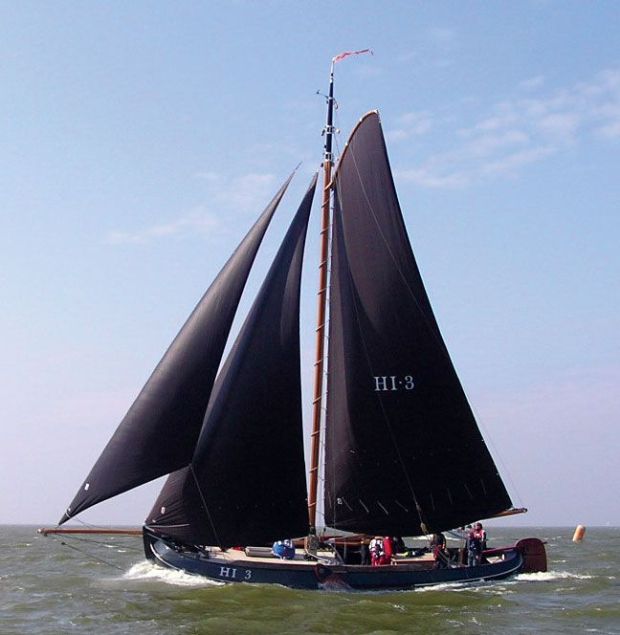|
|
History of Sailing Blog

My name is Han, 66 years of age, born in Rotterdam as the last offspring of a long line of fishermen, grown up by the sound of riveting-hammers on the nearby shipyard.
My sailor's career started on a seagoing tug, after which I sailed a number of rich people's yachts from Holland, and also some from England, to destinations around the Mediterranean, which earned me a good life and a boat of my own. Followed a list of landlubber's jobs, because I wanted to be a reasonably good father; but, as an amateur, I used to sail a lot on friend's boats and/or yachts. Also, during five consecutive years, I acted as sailing teacher/instructor in summer-camps for youngsters. My last "sailor's" job was as harbourmaster of a yacht-harbour in Holland, where I also taught and instucted.
Now retired, I live in Brittany, France.
To my everlasting chagrin I can't sail any more, caused by health-problems. To compensate for that, I like to write on this site.
Best Regards,
Han
|
See Han's History of Sailing forum so that you can ask questions on Old Sailing Ships and Sailing History. A great resource!
|
Han's Posts
Click below to see Han's blog posts:
The Pacific Proa
I've spent some time considering which vessel (including it's builders and sailors) to honour as the last one in this blog, and chose for one of the oldest …
Ice Sailing and Beach Sailing
Complementary to Alex's article on ice sailing in Extreme Sailing, I researched it's history and came to the origins, 1800 BC in Egypt. A Pharaoh then …
Frisian eeltrade in London
In my article on the Lemsteraak (also called palingaak = eel-barge) I mentioned this type of ship had a berth in London. The title-picture is of that berth …
The fore-and-aft rig.
As compared with the square rig, the fore-and-aft-rig (to be abbreviated from now on to faa-rig) is much less complicated and easier to handle by a smaller …
The Spritsail rig.
Without doubt the spritsail rig is, next to lateen rig and junk rig, one of the oldest types of fore-and-aft rig; one of the earliest depictions of it …
The Lugger rig.
One of the subjects maritime historians fight about is the origin of the lugger rig. See, for example, http://en.wikipedia.org/wiki/Lugger , where the …
Preface to "History of Sailing" blog.
This series of articles, based on the book "The Ship" by Björn Landström, tries to give you an impression of the development of sailing ships and sailing. …
Wars at sea: the ships of the line.
With the introduction of cannon aboard ships, see: http://en.wikipedia.org/wiki/Naval_artillery_in_the_age_of_sail , the tactics changed from random clashes …
Viking longships and knorrs.
The Vikings were, apart from their other qualities, excellent shipwrights and sailors. They sailed south and east along Europe's coasts as far as the Black …
Sculling single-oared.
At the end of my article on the corrach, which was meant to be the first part in a series about historical sailing, I promised to come back later in history; …
The St. Brendan legend.
St. Brendan was an Irish monk, surnamed The Traveller, who allegedly sailed (as the first European, some 500 years before the Vikings and 900 years before …
|
|
Follow Started Sailing on Twitter
|

